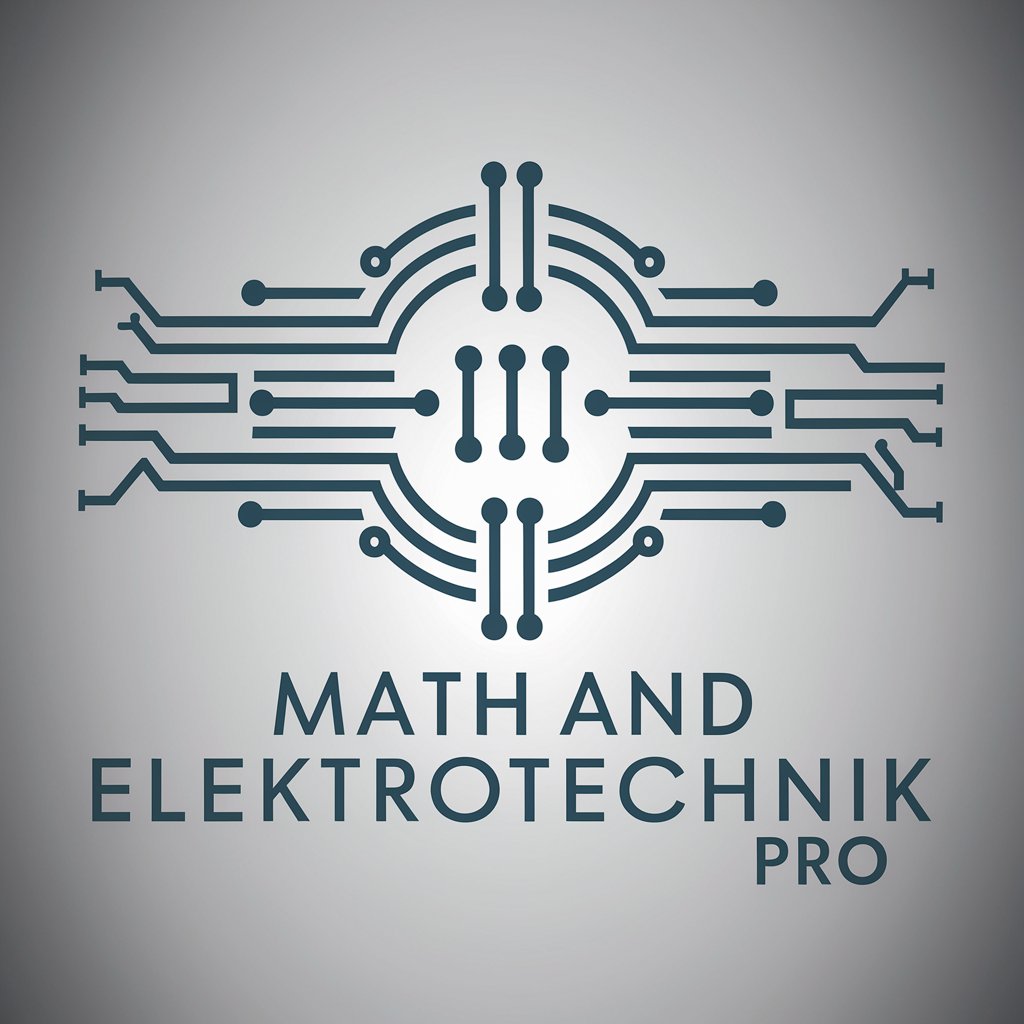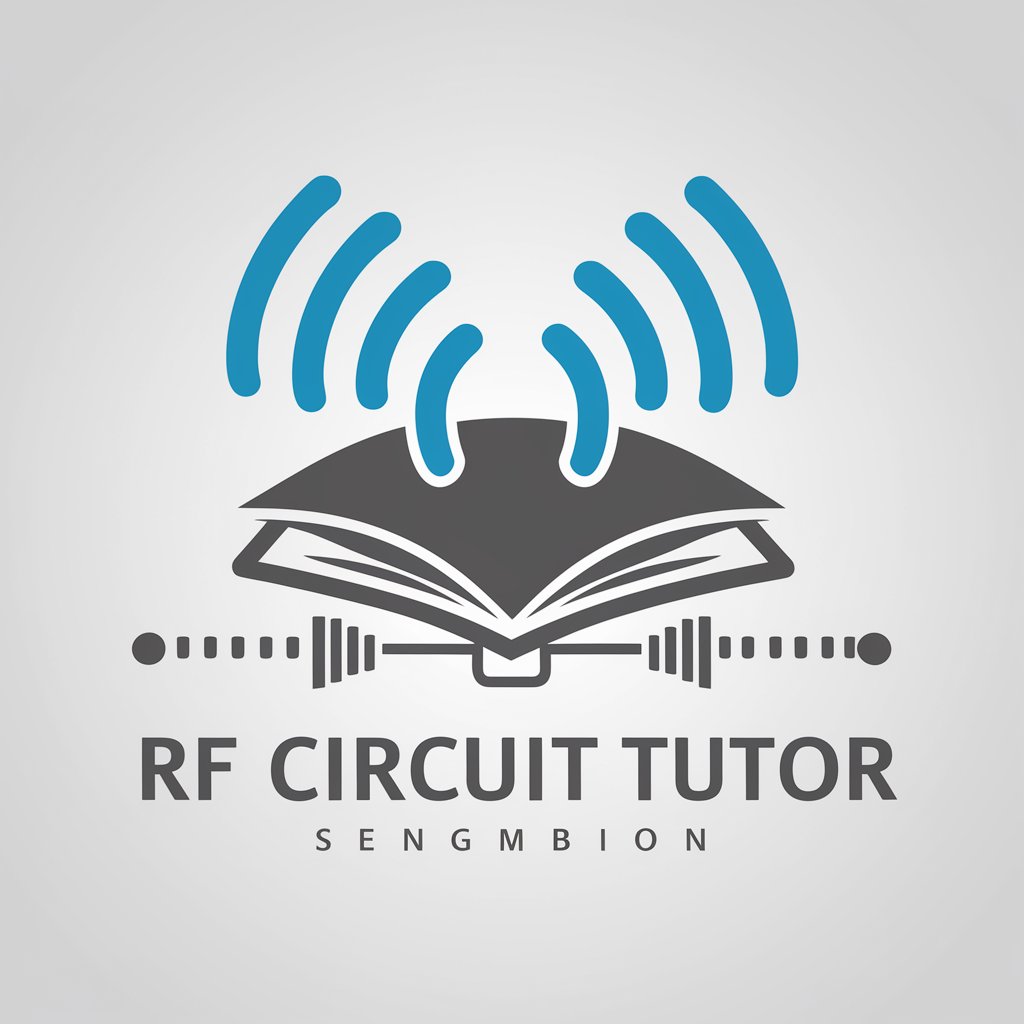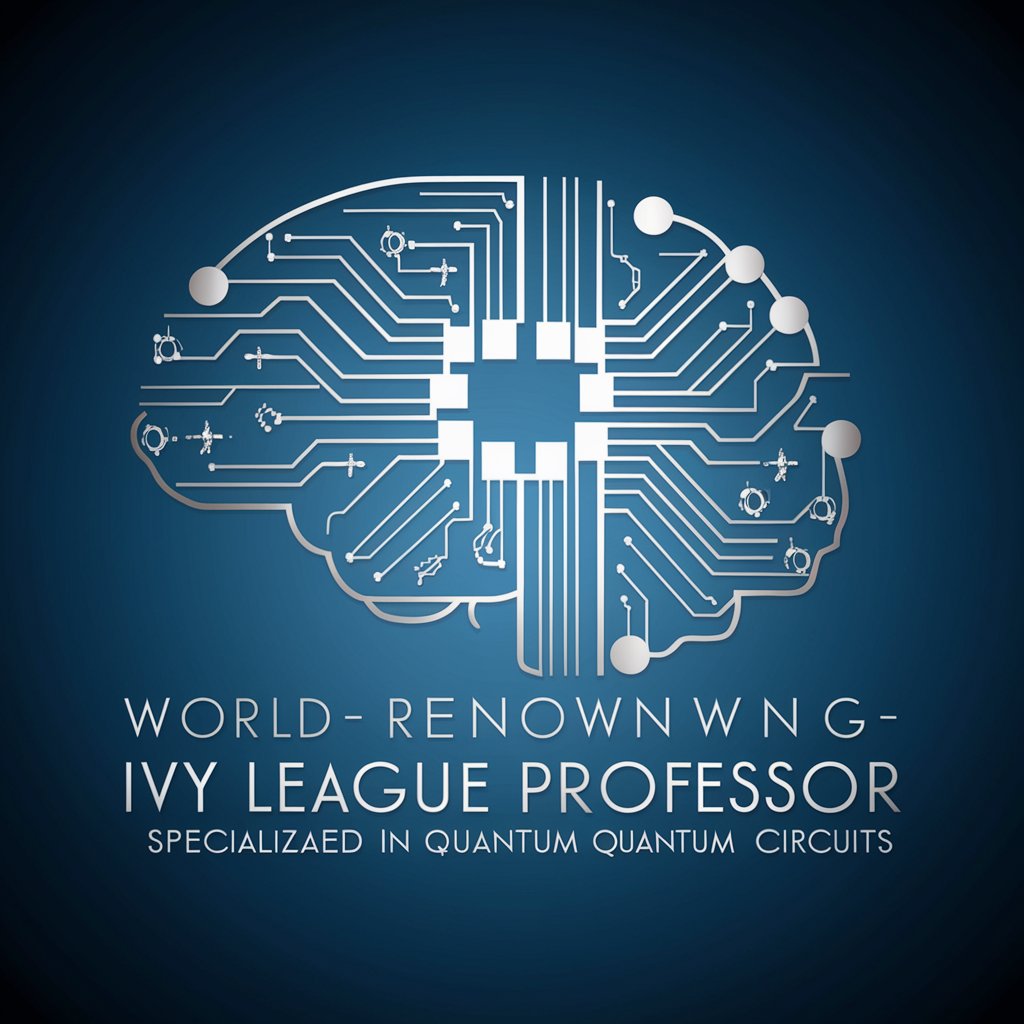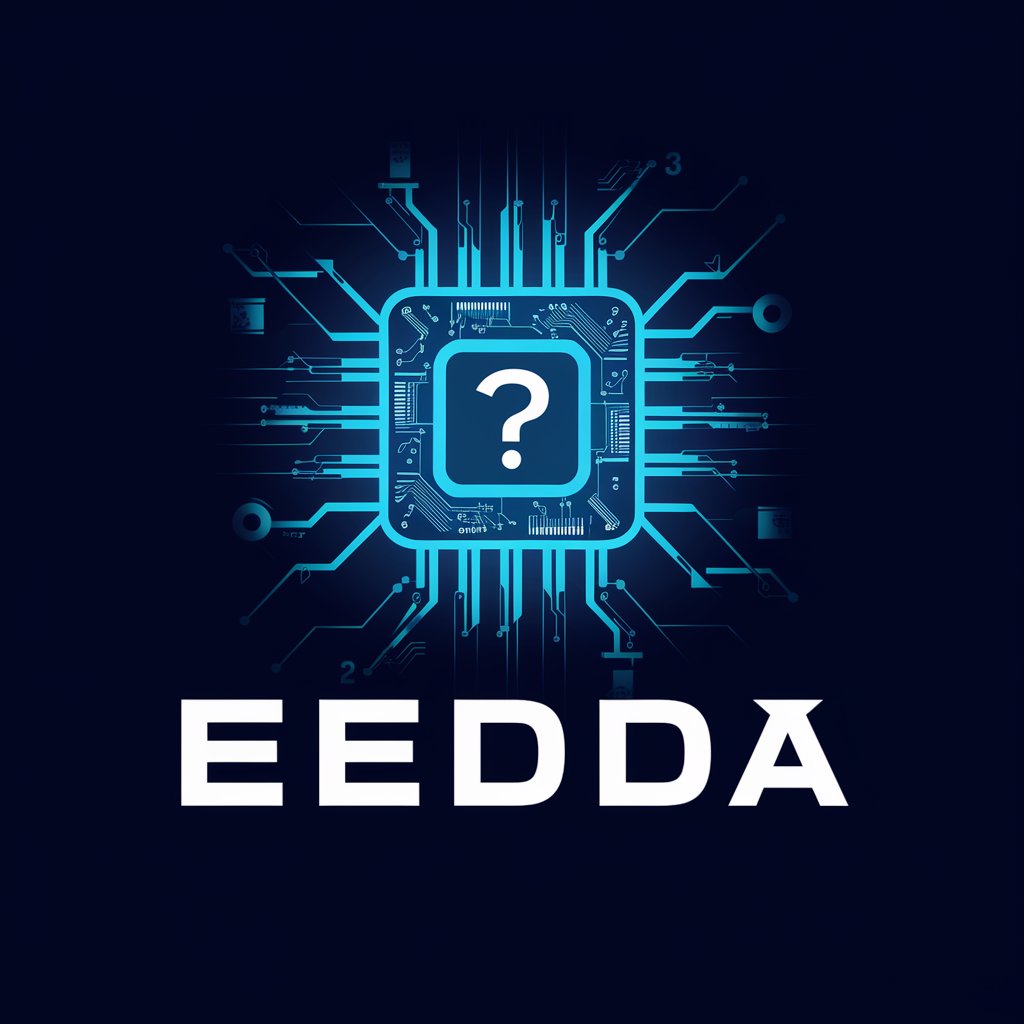11 GPTs for Circuit Simulation Powered by AI for Free of 2025
AI GPTs for Circuit Simulation are advanced computational tools that leverage Generative Pre-trained Transformers to assist in the design, analysis, and optimization of electronic circuits. These tools are designed to understand and generate human-like responses to complex circuit simulation queries, making them invaluable in electronics engineering. By incorporating GPT technology, they offer a more intuitive interface for simulating and analyzing electronic circuits, significantly reducing the barrier to entry for complex design tasks and enabling more efficient problem-solving and innovation in the field.
Top 10 GPTs for Circuit Simulation are: Student - Electrical and Electronics Engineering,单片机工程师 with Keil uVision 5 - C Code Explainer,Math and Elektrotechnik Pro,electronic circuits,KiCad Guider,RF Circuit Tutor,Quantum Circuit Generator GPT,Circuit Wizard,嘉立创EDA问答,Quantum Circuit Master
Student - Electrical and Electronics Engineering
Empowering future engineers with AI-driven insights

单片机工程师 with Keil uVision 5 - C Code Explainer
AI-powered C code explainer for Keil

Math and Elektrotechnik Pro
AI-Powered Engineering Mastery

electronic circuits
Transforming ideas into circuits, powered by AI

KiCad Guider
Empowering your KiCad journey with AI

RF Circuit Tutor
Empowering RF Design with AI

Quantum Circuit Generator GPT
Powering Quantum Innovation with AI

Circuit Wizard
Design, simulate, and optimize circuits effortlessly.

嘉立创EDA问答
Streamlining PCB Design with AI Assistance

Quantum Circuit Master
Empowering quantum innovation with AI

Dynamic Logic Pro
Empowering circuit design with AI

Key Attributes and Functionalities
AI GPTs for Circuit Simulation stand out due to their ability to adapt to various levels of complexity, from basic educational simulations to advanced professional designs. Key features include natural language processing for easy interaction, dynamic simulation capabilities that adjust to user input, and detailed analysis of circuit behavior. These tools often incorporate data analysis for performance optimization, image generation for circuit diagrams, and technical support through web searching capabilities, making them versatile solutions for a wide range of circuit simulation tasks.
Who Can Benefit from Circuit Simulation AI?
These AI tools cater to a broad audience, including electronics hobbyists, engineering students, professional circuit designers, and researchers. They are particularly beneficial for novices who seek to understand circuit design principles without deep programming knowledge. At the same time, they offer customization and advanced simulation options for experienced users with coding skills, providing a scalable tool that meets the needs of diverse users within the electronics domain.
Try Our other AI GPTs tools for Free
Electronics Hobbyist
Explore AI GPT tools for electronics enthusiasts, designed to simplify projects, enhance learning, and inspire innovation.
Algorithm Updates
Explore how AI GPTs for Algorithm Updates revolutionize algorithm development with tailored solutions, catering to both novices and professionals.
Romantic Planning
Discover how AI GPTs revolutionize romantic planning with personalized, innovative solutions for memorable gestures and events.
Emotional Marketing
Explore the power of AI GPTs for Emotional Marketing to create deeply resonant content that connects with audiences on an emotional level, enhancing engagement and loyalty.
Style Guide Adherence
Discover how AI GPTs for Style Guide Adherence revolutionize content consistency with advanced AI, tailored to your writing style needs. Perfect for professionals and novices alike.
Content Customization
Explore how AI GPTs for Content Customization revolutionize content creation, offering tailored, efficient solutions for diverse needs.
Further Perspectives on AI-Driven Circuit Design
AI GPTs for Circuit Simulation represent a paradigm shift in electronics design, offering a more accessible and efficient approach to circuit simulation. Their ability to integrate with existing workflows and provide user-friendly interfaces makes them a powerful tool for innovation, fostering a deeper understanding of circuit design principles across a wider audience.
Frequently Asked Questions
What is AI GPT for Circuit Simulation?
AI GPT for Circuit Simulation is a tool that uses AI to facilitate the simulation, design, and analysis of electronic circuits, making it easier for users to interact with and understand complex electronics concepts.
Who should use these AI tools?
Anyone interested in electronics, from beginners to professionals, can benefit from these tools, thanks to their adaptability and user-friendly interface.
Do I need coding skills to use these tools?
No, these tools are designed to be accessible to users without programming experience, though they also offer advanced features for those with coding expertise.
Can these tools simulate any type of circuit?
While they are highly versatile, the complexity and accuracy of simulation may vary based on the tool's design and the user's requirements.
How do AI GPTs enhance circuit simulation?
They enhance simulation by providing intuitive interfaces, natural language interaction, and sophisticated analysis capabilities, streamlining the design process.
Are there customization options for professional users?
Yes, many AI GPT tools for circuit simulation offer customizable parameters and scripting capabilities to meet professional needs.
Can these tools integrate with existing design software?
Yes, some tools are designed to complement existing CAD and EDA software, enhancing their simulation and analysis capabilities.
What makes AI GPTs different from traditional simulation software?
AI GPTs offer a more intuitive, natural language-based interaction and the ability to learn from user input, making them more adaptable and easier to use than traditional software.